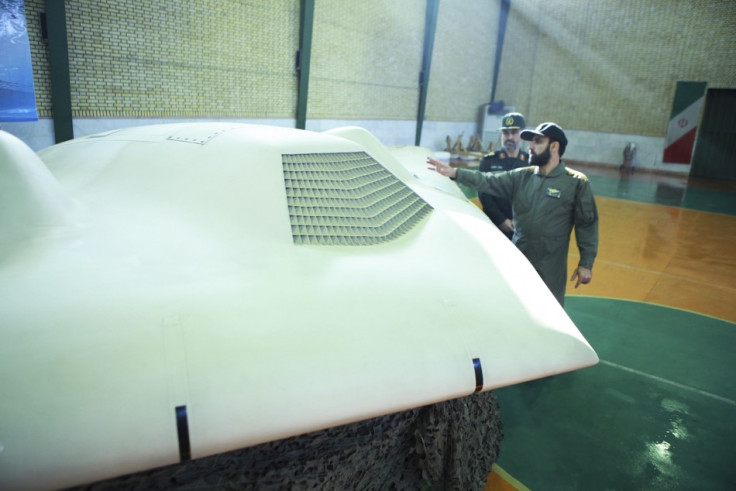Downed U.S. Drone Was On Iran CIA Surveillance Mission

U.S. officials have confirmed that the drone which crashed down in Iran was on a surveillance mission looking for suspected nuclear sites in the country.
According to the report, the RQ-170 Sentinel drone was on a mission being run by the CIA. One official told CNN that the U.S. military "did not have a good understanding of what was going on because it was a CIA mission."
Previously, U.S. and NATO officials claimed the drone was on a mission to patrol the Iran-Afghanistan border and veered off course.
The drone, which is designed to evade radar for surveillance, was downed in Iran on December 4. It was originally thought that the drone was shot down but there have been suggestions that Iran were able to reconfigure the RQ-170's GPS system, causing it to land in Iran instead of its homebase in Afghanistan, according to the Christian Science Monitor.
Iran has since displayed the drone on television and claim they are close to cracking its technology.
"The GPS navigation is the weakest point," an Iranian engineer told the Monitor. "By putting noise [jamming] on the communications, you force the bird into autopilot. This is where the bird loses its brain."
U.S. are still sceptical that Iran have the technical ability to be able to bring the drone down through hacking and that it is more likely that the drone fell because of a malfunction.
"The Iranians have a pile of rubble and are trying to figure what they have and what to do with it," the senior US official - who direct access to the assessment about what happened to the drone - told CNN.
US House Intelligence Committee Chairman Mike Rogers was quoted by AFP as saying: "I will say without hesitation that this is not something that anyone had anything to do with coming down with, other than a technical problem."
Rogers went on to say how he is not worried that Iran has their hands on advanced U.S. technology and possibly reproducing the drone themselves, which is one of the United States' most sophisticated drones, able to fly up to 50,000.
""The good news is, while they're spending time re-engineering, we will be spending time engineering, and that's the biggest difference," Rogers stated.
"They're very proud that they're going to re-engineer this, and I hope they spend five, six, seven, eight years doing that, that would be great, because we'll be long past that," he added.
© Copyright IBTimes 2025. All rights reserved.






















